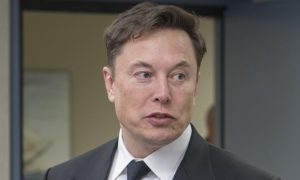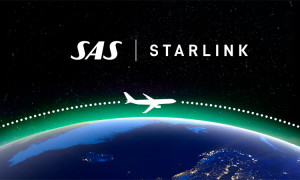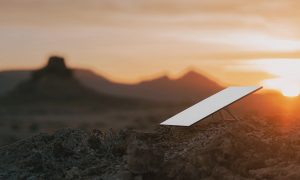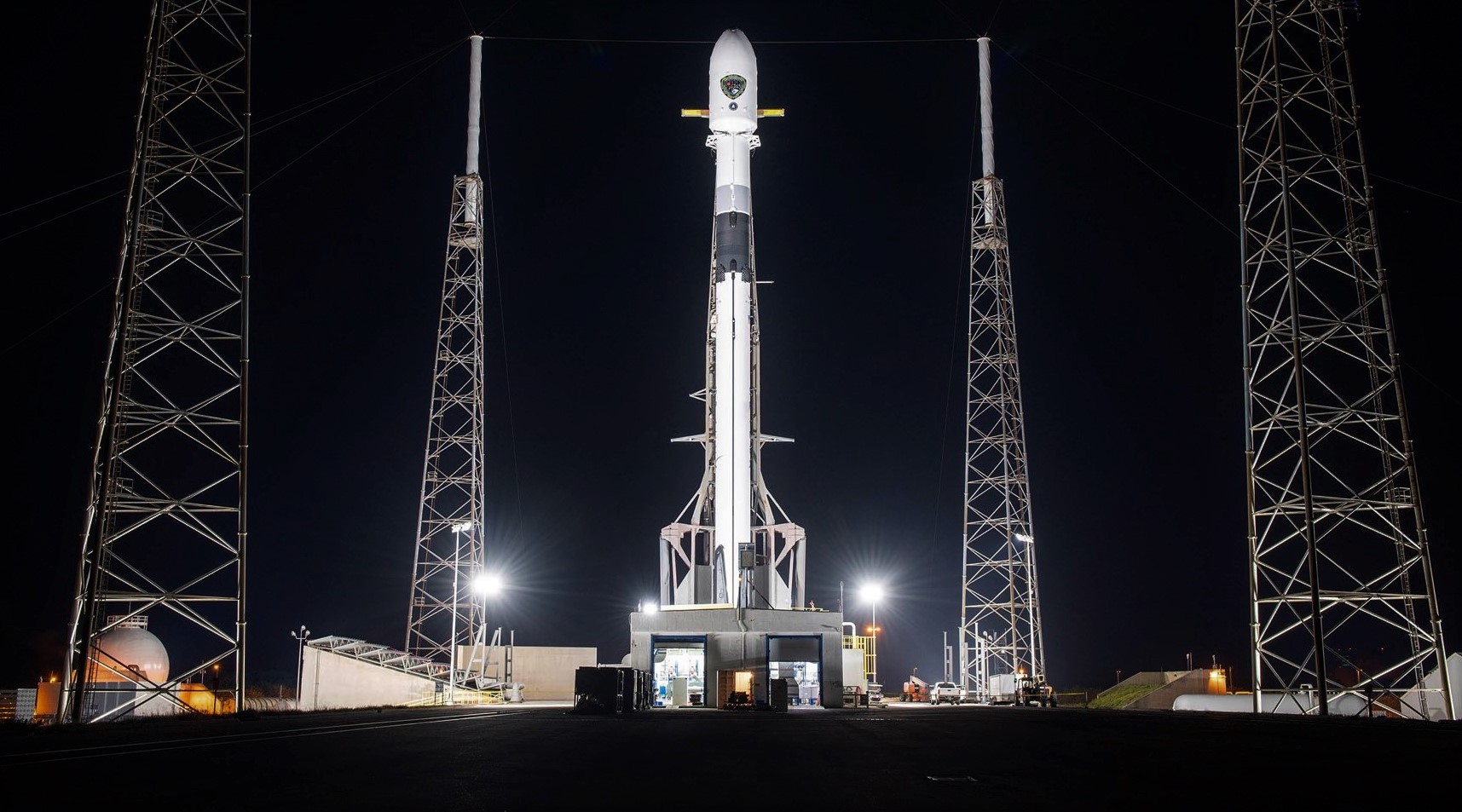

News
SpaceX set for rocket recovery first after US military satellite launch
A SpaceX Falcon 9 is set to become the first commercial rocket to attempt to land after an operational launch for the US military, potentially paving the way for an even more significant milestone somewhere down the road.
Featuring brand new booster B1060 and a new upper stage and payload fairing, Falcon 9 is scheduled to launch the US military’s third upgraded GPS III satellite (PS III SV01) no earlier than (NET) 3:55 pm EDT (19:55 UTC) on June 30th. While it will be the second time a Falcon 9 Block 5 rocket has lifted off from Cape Canaveral Air Force Station (CCAFS) Launch Complex 40 (LC-40) with a GPS III satellite in tow, the mission will mark a critical first for SpaceX and the US military. For the first GPS III mission, the US Air Force somewhat inexplicably required SpaceX to expend the new Falcon 9 booster assigned to the December 2018 launch.
The US military never offered a technical explanation for why Falcon 9 couldn’t land after launching a ~3900 kg (~8600 lb) GPS III SV01 to a medium orbit but could, for example, land after launching a dozen metric tons and two NASA astronauts. Regardless, the US Air Force Space and Missile Systems Command (SMC) has decided that SpaceX can now attempt to land Falcon 9’s first stage during the company’s second GPS III launch. A step further, on the eve of the mission, SMC has revealed that it may even be opening up to the idea of reusing SpaceX boosters on future military launches.
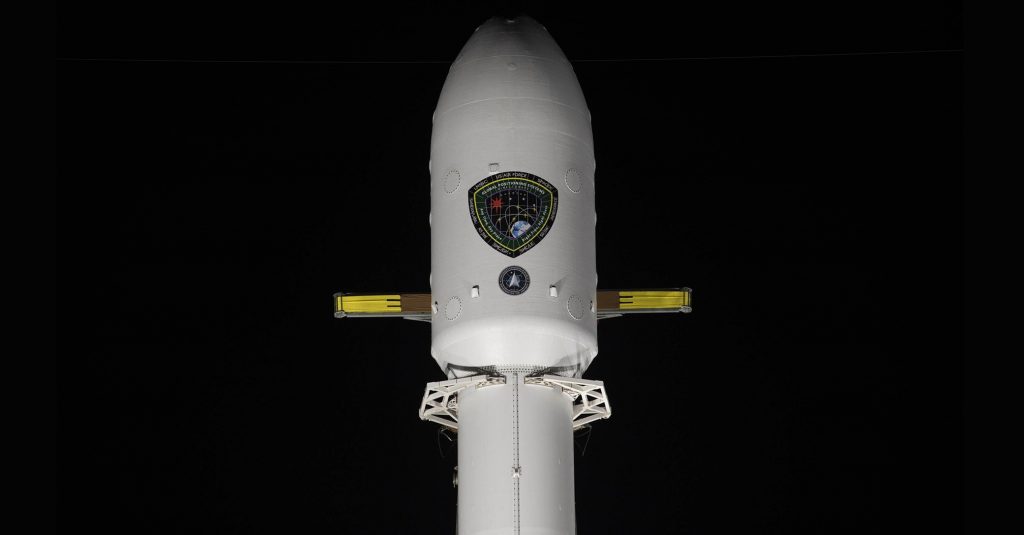
Falcon 9 B1060 has a 15-minute window to launch the GPS III SV03 spacecraft on Tuesday, June 30th. Meanwhile, drone ship Just Read The Instructions (JRTI) – heading out to sea to prepare for B1060’s attempted landing – recently passed just a few miles from drone ship Of Course I Still Love You (OCISLY) – returning to Port Canaveral after SpaceX decided to delay its ninth Starlink v1.0 launch from June 23rd. 25th, and 26th to the first or second week of July.
JRTI arrived at its post ~630 km (~390 mi) East of the Florida Coast on June 29th, around 36 hours before liftoff.
Drone ship JRTI was recently recommissioned after extensive upgrades and a several thousand mile move from Port of Los Angeles, California to Port Canaveral, Florida, ultimately supporting its first East Coast booster landing and recovery barely three weeks ago. If successful, B1060 will become the first orbital-class booster ever to land after an operational US military launch, excluding a number of Space Shuttle missions in the 1980s.
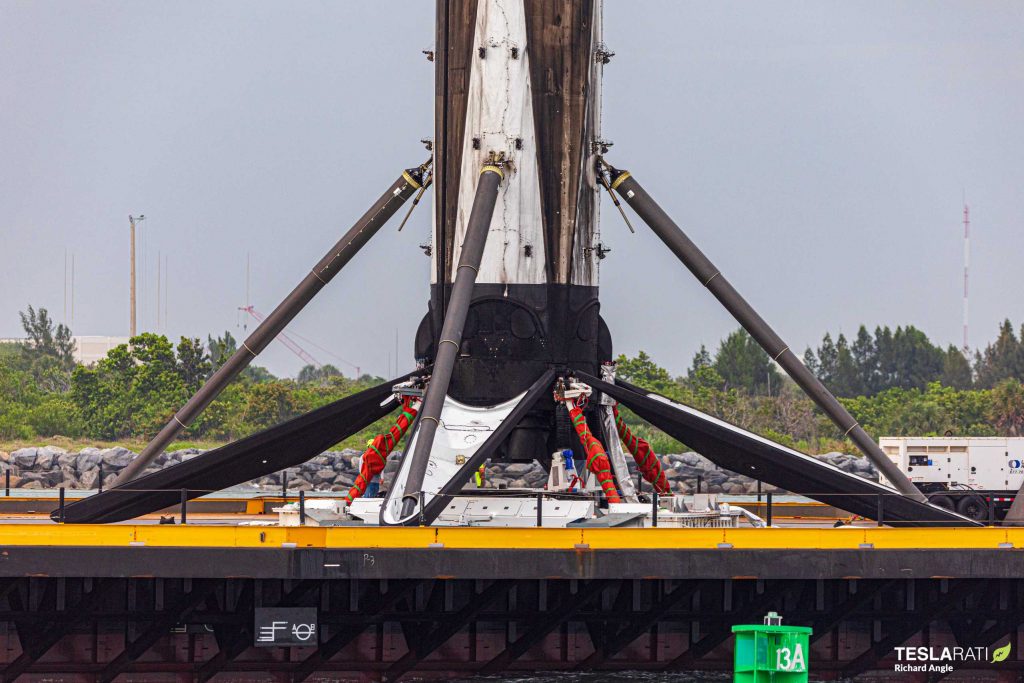
According to reporting by Space News’ Sandra Erwin, it’s unlikely that SpaceX will reserve Falcon 9 booster B1060 – assuming a successful landing – for reuse on a future US military launch. Given that SMC appears to have even stricter requirements than NASA’s Commercial Crew (CCP) and Commercial Resupply Services (CRS) programs, it’s safe to assume that – like NASA – the US military will only initially allow booster reuse if said booster has only flown missions for the agency. Given that Falcon 9’s next known US military launch (GPS III SV04) is NET “late 2020” and that there “are currently no plans to use a previously-flown booster on any future GPS launches”, it’s unlikely that SpaceX will waste a perfectly good booster by saving it for 6-18+ months.
Regardless, as usual, SpaceX will host an uninterrupted webcast of the launch. Tune in around 15 minutes prior to catch SpaceX’s third launch of the month and 11th of the year.
Check out Teslarati’s Marketplace! We offer Tesla accessories, including for the Tesla Cybertruck and Tesla Model 3.
News
Armored Tesla Cybertruck “War Machine” debuts at Defense Expo 2025
Lorem ipsum dolor sit amet, consectetur adipisicing elit, sed do eiusmod tempor incididunt ut labore et dolore magna aliqua.
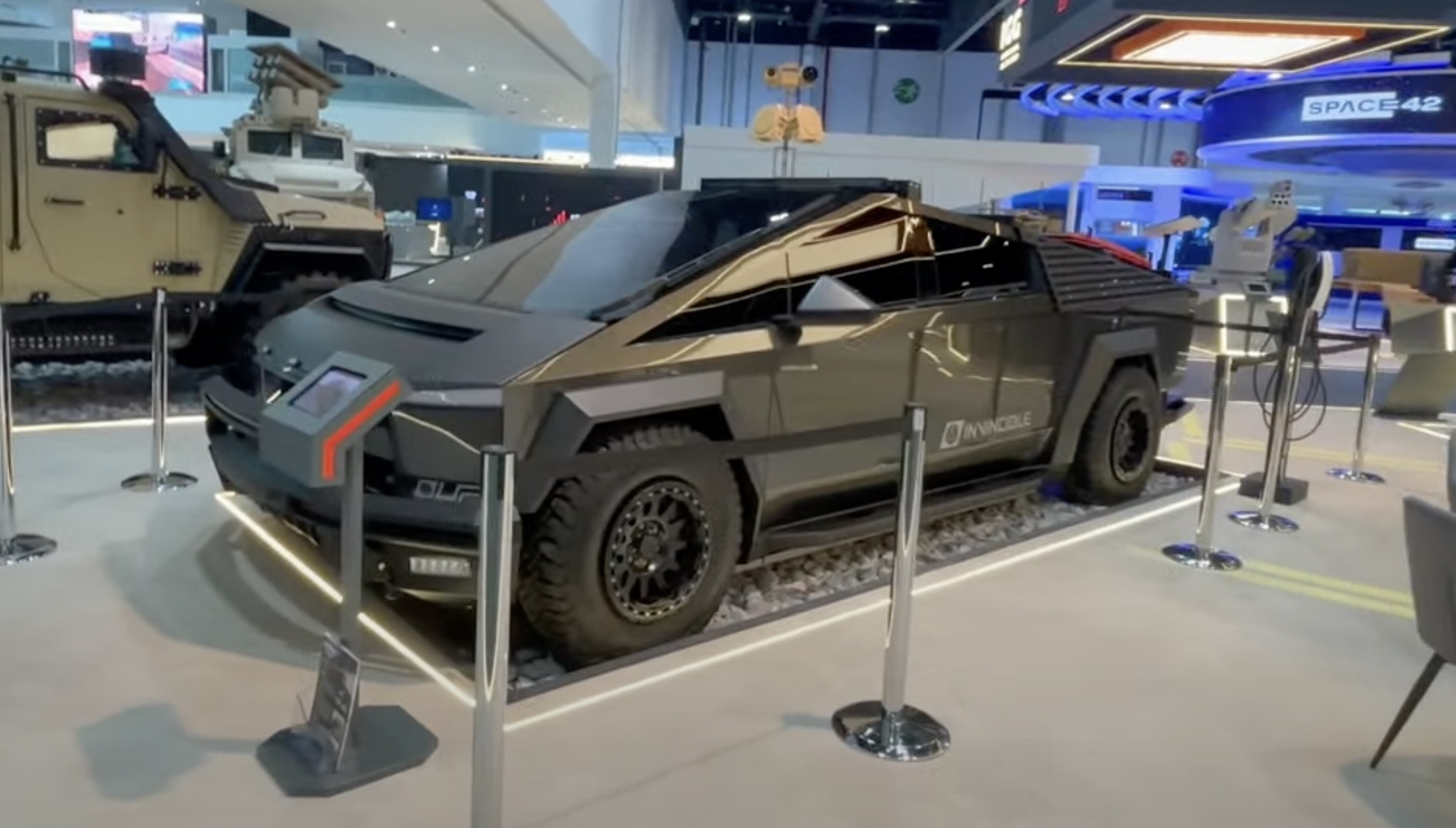
Temporibus autem quibusdam et aut officiis debitis aut rerum necessitatibus saepe eveniet ut et voluptates repudiandae sint et molestiae non recusandae. Itaque earum rerum hic tenetur a sapiente delectus, ut aut reiciendis voluptatibus maiores alias consequatur aut perferendis doloribus asperiores repellat.
Lorem ipsum dolor sit amet, consectetur adipisicing elit, sed do eiusmod tempor incididunt ut labore et dolore magna aliqua. Ut enim ad minim veniam, quis nostrud exercitation ullamco laboris nisi ut aliquip ex ea commodo consequat.
“Duis aute irure dolor in reprehenderit in voluptate velit esse cillum dolore eu fugiat”
Nemo enim ipsam voluptatem quia voluptas sit aspernatur aut odit aut fugit, sed quia consequuntur magni dolores eos qui ratione voluptatem sequi nesciunt.
Et harum quidem rerum facilis est et expedita distinctio. Nam libero tempore, cum soluta nobis est eligendi optio cumque nihil impedit quo minus id quod maxime placeat facere possimus, omnis voluptas assumenda est, omnis dolor repellendus.
Nulla pariatur. Excepteur sint occaecat cupidatat non proident, sunt in culpa qui officia deserunt mollit anim id est laborum.
Sed ut perspiciatis unde omnis iste natus error sit voluptatem accusantium doloremque laudantium, totam rem aperiam, eaque ipsa quae ab illo inventore veritatis et quasi architecto beatae vitae dicta sunt explicabo.
Neque porro quisquam est, qui dolorem ipsum quia dolor sit amet, consectetur, adipisci velit, sed quia non numquam eius modi tempora incidunt ut labore et dolore magnam aliquam quaerat voluptatem. Ut enim ad minima veniam, quis nostrum exercitationem ullam corporis suscipit laboriosam, nisi ut aliquid ex ea commodi consequatur.
At vero eos et accusamus et iusto odio dignissimos ducimus qui blanditiis praesentium voluptatum deleniti atque corrupti quos dolores et quas molestias excepturi sint occaecati cupiditate non provident, similique sunt in culpa qui officia deserunt mollitia animi, id est laborum et dolorum fuga.
Quis autem vel eum iure reprehenderit qui in ea voluptate velit esse quam nihil molestiae consequatur, vel illum qui dolorem eum fugiat quo voluptas nulla pariatur.
News
Tesla Megapacks chosen for 548 MWh energy storage project in Japan
Tesla plans to supply over 100 Megapack units to support a large stationary storage project in Japan, making it one of the country’s largest energy storage facilities.
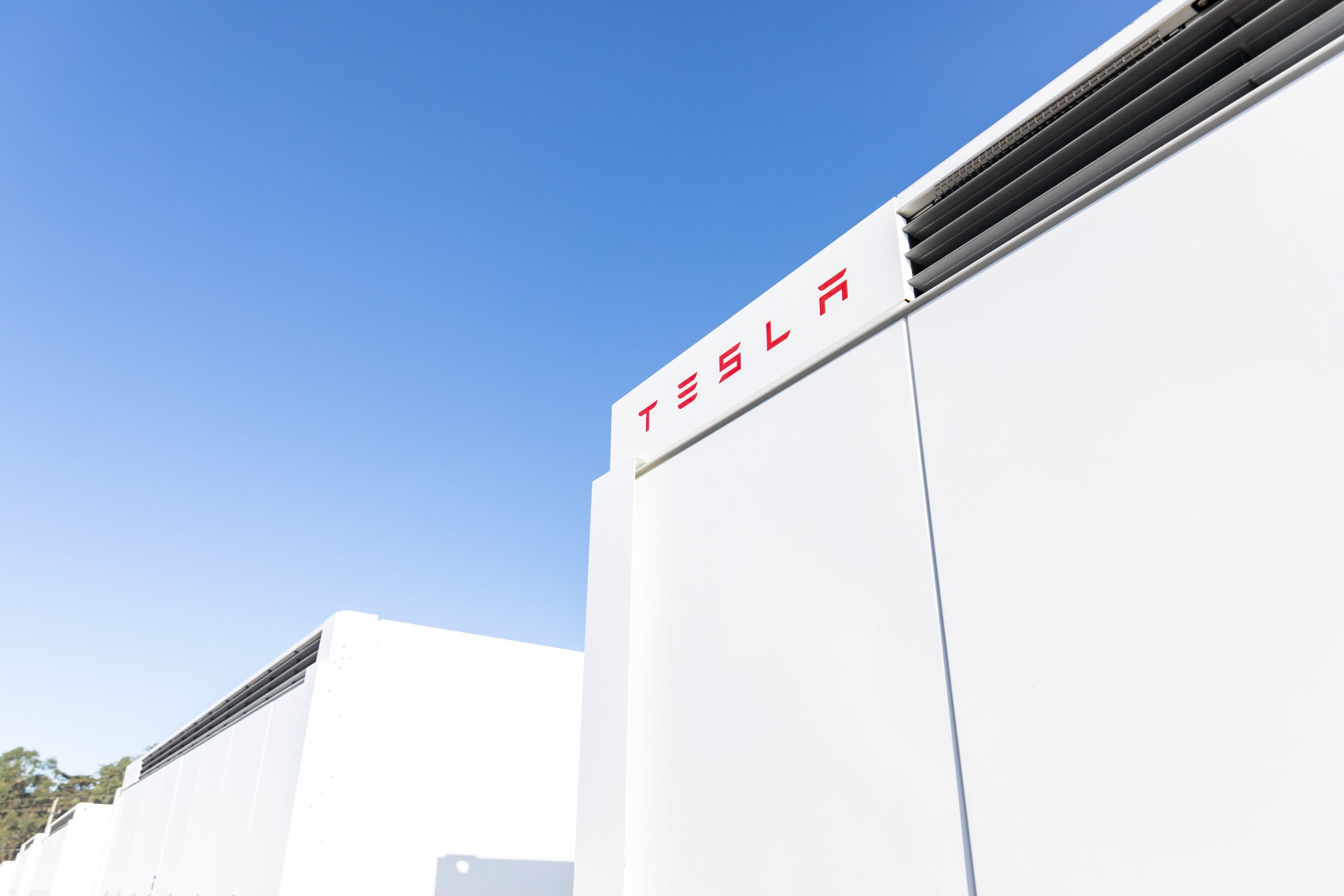
Tesla’s Megapack grid-scale batteries have been selected to back an energy storage project in Japan, coming as the latest of the company’s continued deployment of the hardware.
As detailed in a report from Nikkei this week, Tesla plans to supply 142 Megapack units to support a 548 MWh storage project in Japan, set to become one of the country’s largest energy storage facilities. The project is being overseen by financial firm Orix, and it will be located at a facility Maibara in central Japan’s Shiga prefecture, and it aims to come online in early 2027.
The deal is just the latest of several Megapack deployments over the past few years, as the company continues to ramp production of the units. Tesla currently produces the Megapack at a facility in Lathrop, California, though the company also recently completed construction on its second so-called “Megafactory” in Shanghai China and is expected to begin production in the coming weeks.
READ MORE ON TESLA MEGAPACKS: Tesla Megapacks help power battery supplier Panasonic’s Kyoto test site
Tesla’s production of the Megapack has been ramping up at the Lathrop facility since initially opening in 2022, and both this site and the Shanghai Megafactory are aiming to eventually reach a volume production of 10,000 Megapack units per year. The company surpassed its 10,000th Megapack unit produced at Lathrop in November.
During Tesla’s Q4 earnings call last week, CEO Elon Musk also said that the company is looking to construct a third Megafactory, though he did not disclose where.
Last year, Tesla Energy also had record deployments of its Megapack and Powerwall home batteries with a total of 31.4 GWh of energy products deployed for a 114-percent increase from 2023.
Other recently deployed or announced Megapack projects include a massive 600 MW/1,600 MWh facility in Melbourne, a 75 MW/300 MWh energy storage site in Belgium, and a 228 MW/912 MWh storage project in Chile, along with many others still.
What are your thoughts? Let me know at zach@teslarati.com, find me on X at @zacharyvisconti, or send us tips at tips@teslarati.com.
Tesla highlights the Megapack site replacing Hawaii’s last coal plant
Need accessories for your Tesla? Check out the Teslarati Marketplace:
News
Elon Musk responds to Ontario canceling $100M Starlink deal amid tariff drama
Ontario Premier Doug Ford said, opens new tab on February 3 that he was “ripping up” his province’s CA$100 million agreement with Starlink in response to the U.S. imposing tariffs on Canadian goods.
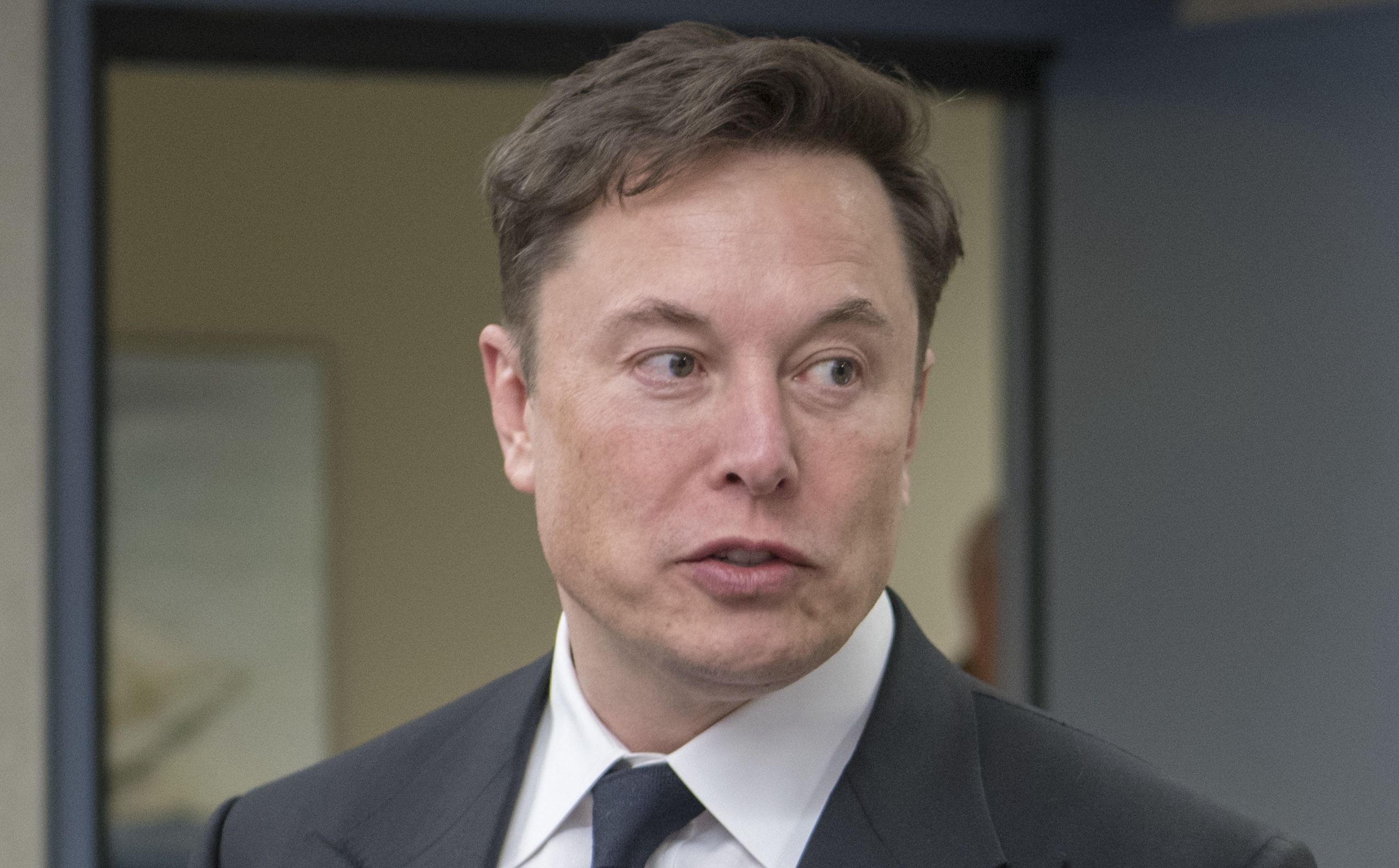
Elon Musk company SpaceX is set to lose a $100 million deal with the Canadian province of Ontario following a response to the Trump administration’s decision to apply 25 percent tariffs to the country.
Starlink, a satellite-based internet service launched by the Musk entity SpaceX, will lose a $100 million deal it had with Ontario, Premier Doug Ford announced today.
Starting today and until U.S. tariffs are removed, Ontario is banning American companies from provincial contracts.
Every year, the Ontario government and its agencies spend $30 billion on procurement, alongside our $200 billion plan to build Ontario. U.S.-based businesses will…
— Doug Ford (@fordnation) February 3, 2025
Ford said on X today that Ontario is banning American companies from provincial contracts:
“We’ll be ripping up the province’s contract with Starlink. Ontario won’t do business with people hellbent on destroying our economy. Canada didn’t start this fight with the U.S., but you better believe we’re ready to win it.”
It is a blow to the citizens of the province more than anything, as the Starlink internet constellation has provided people in rural areas across the globe stable and reliable access for several years.
Musk responded in simple terms, stating, “Oh well.”
Oh well https://t.co/1jpMu55T6s
— Elon Musk (@elonmusk) February 3, 2025
It seems Musk is less than enthused about the fact that Starlink is being eliminated from the province, but it does not seem like all that big of a blow either.
As previously mentioned, this impacts citizens more than Starlink itself, which has established itself as a main player in reliable internet access. Starlink has signed several contracts with various airlines and maritime companies.
It is also expanding to new territories across the globe on an almost daily basis.
With Mexico already working to avoid the tariff situation with the United States, it will be interesting to see if Canada does the same.
The two have shared a pleasant relationship, but President Trump is putting his foot down in terms of what comes across the border, which could impact Americans in the short term.

